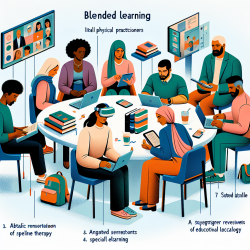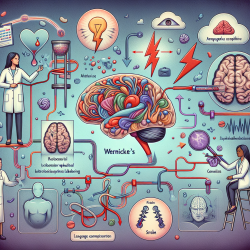Effective Use of Robots in Schools
See robots in your schools. At TinyEYE, we provide innovative ways to use robots and prepare students for the future they are going into.
Robots are Helping Schools and Families Reach New Heights
It’s no secret that robots have been making headlines and appearing on television shows lately. In fact, if you caught the season 6 finale of Modern Family—“American Skyper”—you had the chance to see one in action.
In the episode, Phil Dunphy (played by Ty Burrell) contracts an ear infection that renders him unable to fly home to attend his daughter’s graduation. Not wanting to miss out, Phil instead participates remotely in the festivities via a telerobot.
Since Phil can control and move the robot from his hotel room across the country, he can still do most of the same things he does when he’s at home—whether it’s helping family members, having one-on-one conversations, or even getting chased by the dog.
So telerobots can be used for family gatherings and other important events, but did you know that they are making a significant impact in schools as well? TinyEYE, with the help of Double Robotics, uses robots to give students, teachers, and therapists an opportunity for full participation in schools where access was previously impossible.
Here are some of the ways these innovative tools are being used to rethink possibilities in schools and districts:
- Therapy and Instruction: Perhaps the most prominent use of robots in schools is for the provision of remote therapy services by companies like TinyEYE. Speech, occupational, and physical therapists are able to use these robots to access multiple students at once—or even an entire classroom. They can navigate from room to room, see what the students see, and even hear extraneous sounds that may be distracting the students. Intervention Specialists can also use robots to assist classroom teachers with instruction. They can stand up front and speak to the entire class, or they can move around the room and help individual students while the teacher gives large-group instruction.
- Meetings: Teachers, therapists, and administrators can use robots to attend meetings remotely. They can also fully participate in workshops, professional development, or observations without worrying about the expenses and logistics involved with travel. For rural or remote districts, robot technology is rapidly expanding the scope of possibilities for staff and helping them rethink what is possible.
- Homebound Students: Thanks to telerobots, students who are homebound due to illness, injury, or disability have the chance to actively participate in school and feel like they are physically present. One sixth grade student in Pennsylvania used a robot to continue attending school following a spinal surgery. A high school student from Kansas, who became paralyzed in a farming accident, was able to visit his school remotely after relocating to Denver for rehabilitation. He even had control over where the robot went, so he could visit his favorite classmates and teachers as if he were walking through the halls himself. Because robots can be directed by the user, they give homebound students autonomy and help them to still be full participants in the classroom—just like Modern Family’s Phil is able to navigate the house and be a full participant in his daughter’s graduation weekend.
- Virtual Field Trips: Classes can even use robots to take virtual field trips. The robot simply travels to the desired destination in place of the class, giving students the chance to navigate around the area and see everything in real time. This technology gives students the chance to see places that were previously unobtainable because of logistics and cost.
One of the advantages of robots is that they are versatile and can be used in many ways during a virtual field trip—even to reach unprecedented heights!
For more information, please follow this link.










